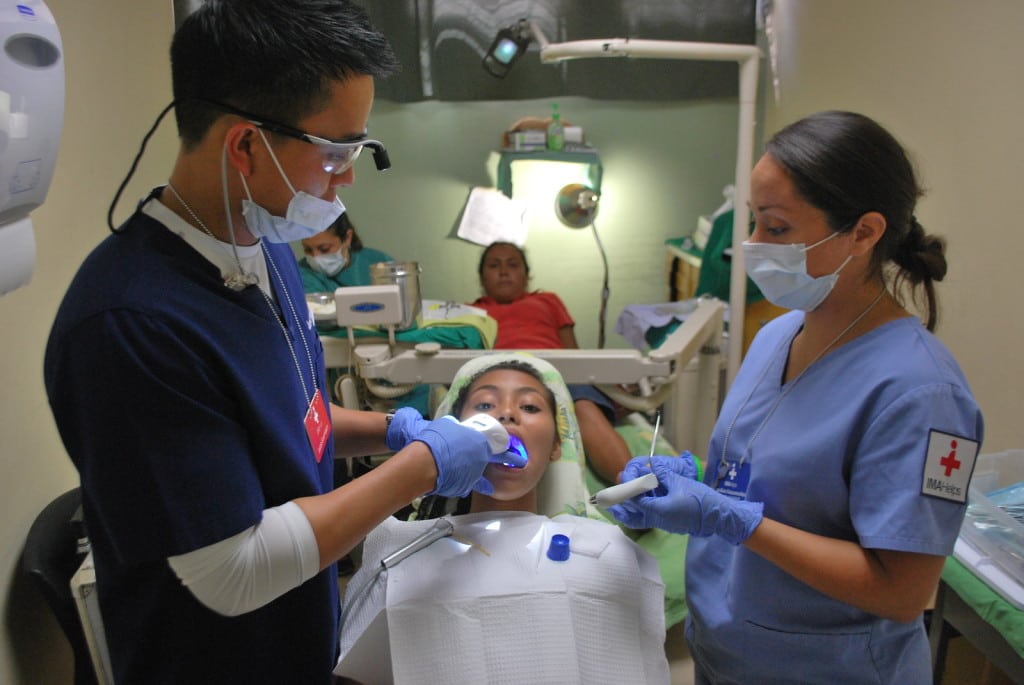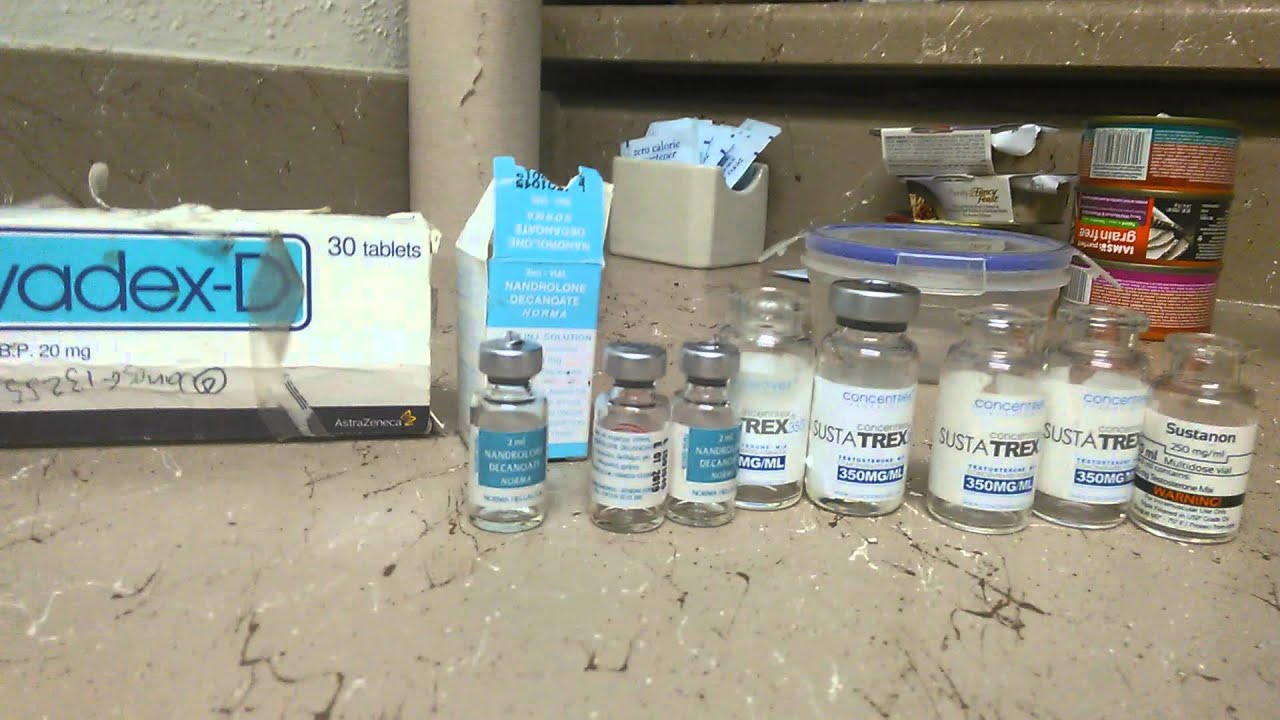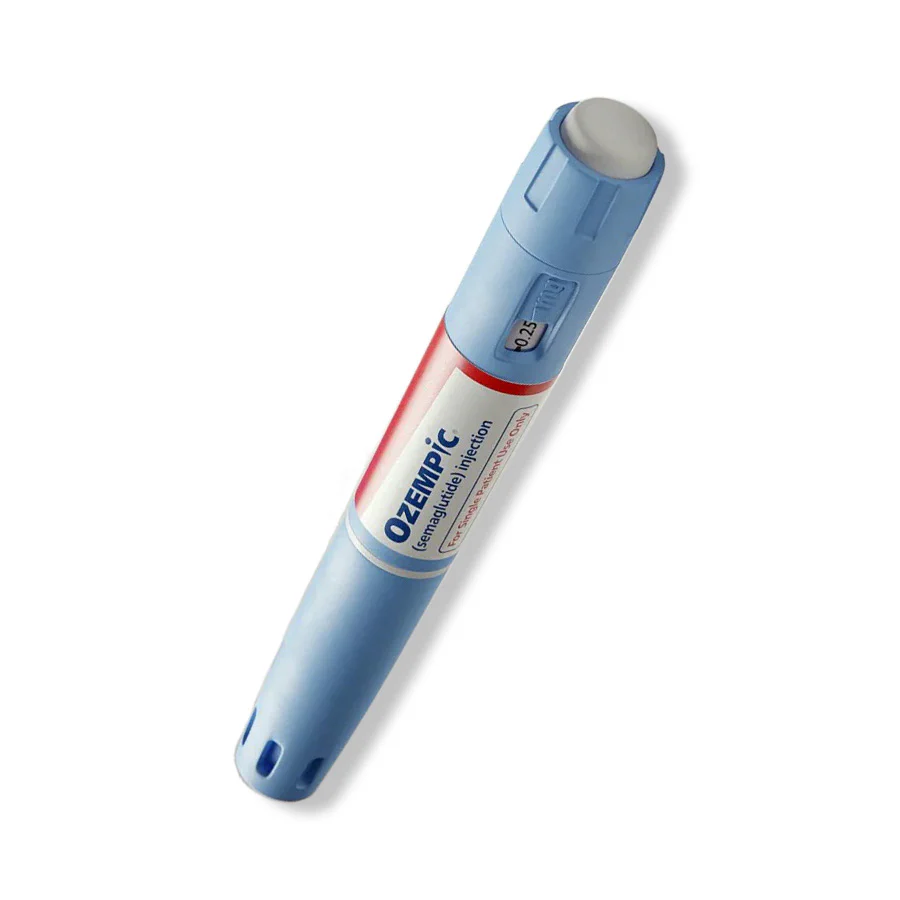In recent years, ice baths have evolved from a practice used primarily by athletes into a mainstream wellness trend. With the growing awareness of the profound physical and mental benefits of cold exposure, more people are turning to ice baths as an effective tool for recovery, stress relief, and even improving overall health. One of the most convenient ways to reap these benefits is by setting up a home ice bath. Whether you’re an athlete recovering after a grueling workout, someone looking to de-stress, or simply curious about wellness practices that boost vitality, an ice bath at home can be a game changer.
In this post, we’ll explore why home ice baths are becoming a popular addition to wellness routines, how they work, and how to safely incorporate them into your life.
Why Ice Baths?
Before diving into the how-to of creating your own home ice bath water chiller, let’s take a look at the science and benefits behind the practice. An ice bath, also known as cold water immersion, typically involves sitting in water chilled to temperatures between 50-59°F (10-15°C) for a set period of time, usually 10-20 minutes. This controlled exposure to cold triggers a variety of physiological responses that can significantly enhance recovery and overall well-being.
1. Faster Recovery After Exercise
Athletes have long used ice baths to reduce muscle soreness and speed up recovery time after intense physical exertion. The cold constricts blood vessels, reducing swelling and flushing out metabolic waste products like lactic acid from the muscles. When you get out of the ice bath, your blood vessels expand, allowing fresh blood to flow back into the muscles, bringing with it oxygen and nutrients that promote healing.
2. Reduced Inflammation and Pain Relief
Ice baths help reduce inflammation by constricting blood vessels and numbing nerve endings. This is particularly helpful for people dealing with injuries or chronic pain conditions. Cold therapy has been shown to reduce swelling and discomfort in joints and muscles, making it an effective natural remedy for pain relief.
3. Improved Circulation and Immune Function
Cold exposure promotes better circulation by encouraging blood to flow more efficiently through the body. This can help deliver oxygen and nutrients to tissues, improve cellular function, and even boost the body’s immune system. Regular cold exposure has been linked to increased white blood cell count and enhanced immune response, helping your body fight off illness more effectively.
4. Mental Health Benefits: Stress Relief and Mood Boost
The benefits of ice baths extend beyond the physical realm. Cold exposure triggers the release of endorphins, the body’s natural “feel-good” hormones, which can improve mood and reduce stress. The shock of cold water can also activate the parasympathetic nervous system, inducing a sense of calm and relaxation. For people dealing with anxiety, depression, or stress, incorporating ice baths into a wellness routine can provide a natural, therapeutic way to reset.
5. Enhanced Mental Toughness and Resilience
Ice baths can be mentally challenging, as the cold induces an initial shock to the system. Over time, regular cold exposure builds mental resilience, as you learn to tolerate discomfort and stay calm under stress. This practice of embracing discomfort can translate to other areas of life, helping you cultivate a greater sense of discipline, patience, and emotional control.
How to Set Up Your Own Home Ice Bath
Setting up a home ice bath doesn’t have to be complicated or expensive. While many people think of fancy ice bath tubs or commercial-grade setups, you can create a simple and effective ice bath experience with just a few basic materials. Here’s a step-by-step guide on how to get started:
1. Choose Your Ice Bath Setup
There are several ways to create an ice bath at home, depending on your available space and budget:
- Bathtub: The most common setup for an at-home ice bath is a standard bathtub. Simply fill it with cold water and ice. If you have a smaller tub, you may want to use a smaller quantity of ice or adjust the water temperature accordingly.
- Tarp or Inflatable Tub: For a more budget-friendly or portable option, you can use an inflatable kiddie pool or tarp. These can be filled with water and ice and placed anywhere in your home or backyard. They’re easy to set up, take down, and store.
- Dedicated Ice Bath Tub: If you want to invest in a high-quality ice bath experience, you can purchase a specialized ice bath tub or cold plunge tub. These tubs are designed to maintain the cold temperature and are often equipped with filtration systems to ensure clean water.
2. Fill the Bath with Water and Ice
To achieve the optimal temperature for your ice bath (50-59°F or 10-15°C), you will need a good amount of ice. Start by filling your tub with cold water and then add ice. It may take 30 minutes or so for the water to reach the right temperature, depending on how much ice you have. Keep in mind that the colder the water, the more intense the experience, so it’s important to listen to your body and adjust the ice quantity as needed.
3. Safety First
While ice baths are generally safe for most people, there are a few safety precautions you should follow:
- Limit Your Time: Don’t stay in the ice bath for too long. Start with 3-5 minutes and gradually increase the duration over time as your body adapts. A typical session is 10-15 minutes.
- Stay Hydrated: Cold exposure can dehydrate you, so make sure to drink water before and after your ice bath.
- Listen to Your Body: If at any point you start feeling dizzy, numb, or uncomfortable, it’s important to get out of the bath immediately. Cold exposure should feel challenging but not painful.
- Avoid Ice Baths if You Have Certain Health Conditions: People with cardiovascular issues, Raynaud’s disease, or certain circulatory disorders should consult with a doctor before attempting ice baths.
4. Post-Ice Bath Care
After your ice bath, make sure to warm up your body gradually. A warm shower or some light physical activity (like gentle stretching or walking) can help bring your body temperature back to normal. Follow up with a nutritious meal or drink to help replenish your body’s energy and promote recovery.
Conclusion: A Wellness Tool for the Modern Age
Ice baths are more than just a recovery tool—they’re a transformative practice for both the body and the mind. By incorporating ice baths into your home wellness routine, you can enjoy a variety of health benefits, from enhanced physical recovery to reduced stress and anxiety. Whether you’re seeking a way to rejuvenate after exercise, promote better sleep, or simply build resilience, the benefits of cold water immersion are undeniable. With a simple setup, you can tap into the power of ice baths and experience their profound effects on your health and well-being, all from the comfort of your home.



